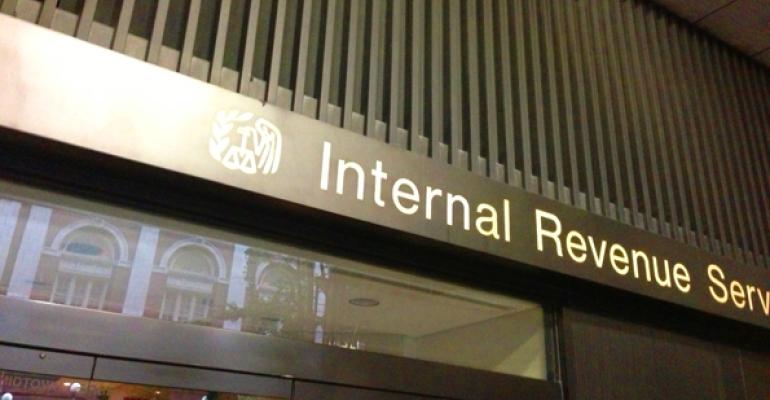On Sept. 27, 2016, the Internal Revenue Service released Revenue Procedure 2016-49, providing new procedures for and limitations on treating as null and void a qualified terminable interest property (QTIP) election to qualify property for the estate tax marital deduction.
The new procedure resolves an issue many practitioners considered open since the 2010 enactment of Internal Revenue Code Section 2011(c): whether the QTIP election could be made, not to avoid federal estate tax, but to increase the amount of deceased spousal unused exemption (DSUE) being ported to the surviving spouse.
The QTIP statute, IRC 2056(b)(7), contains no limitation permitting its use only to decrease the federal estate tax imposed on a decedent’s estate. In comparison, IRC Section 2032 provides that an alternate valuation election can’t be made unless the election will decrease the value of the decedent’s gross estate and the tax imposed. Rev. Proc. 2016-49 confirms that a QTIP election is permitted to increase the amount of DSUE ported to the surviving spouse.
Revocation of Election
While Section 2056(b)(7) provides that once made, the QTIP election is irrevocable, Rev. Proc. 2001-38 previously set forth relief available from unnecessary QTIP elections. Rev. Proc. 2016-49 revokes the prior procedure and defines more narrowly the circumstances in which a QTIP election may be revoked, while setting forth more readily available methods of revocation.
Previously, under Rev. Proc. 2001-38, relief was provided to a surviving spouse when an unnecessary QTIP election didn’t in fact provide any benefit to the decedent’s estate. The surviving spouse could request relief either through a private letter ruling or by a request made on the estate tax return for the surviving spouse.
Now, relief will only be allowed if: (1) the decedent’s estate tax liability was zero regardless of the QTIP election, (2) no portability election was made or considered to be made under IRC 2010(c), and (3) the requirements of Rev. Proc. 2016-49 are otherwise met.
Rev. Proc. 2016-49 requires the claim for relief to be made in any of three ways: (1) on a Supplemental Form 706 filed for the estate of the predeceased spouse, (2) on a Form 709 gift tax return filed by the surviving spouse, or (3) on a Form 706 estate tax return filed for the estate of the surviving spouse. At the top of Form 706 or Form 709, the notation “Filed pursuant to Revenue Procedure 2016-49” is to be set forth.
Explanation Needed
The surviving spouse must provide an explanation as to why the QTIP election falls within the revenue procedure, including the value of the predeceased spouse’s taxable estate without regard to the allowance of the marital deduction for the QTIP at issue compared to the applicable exclusion amount in effect for the year of the predeceased spouse’s death. The explanation should include the relevant facts and evidence establishing that the QTIP election wasn’t necessary to reduce the estate tax liability to zero based on finally determined estate tax values and that the executor opted not to elect portability of the DSUE amount. The evidence may include a copy and/or a transcript for the predeceased spouse’s estate tax return filed with the IRS.
The new procedures are to be used in lieu of requesting a PLR.





